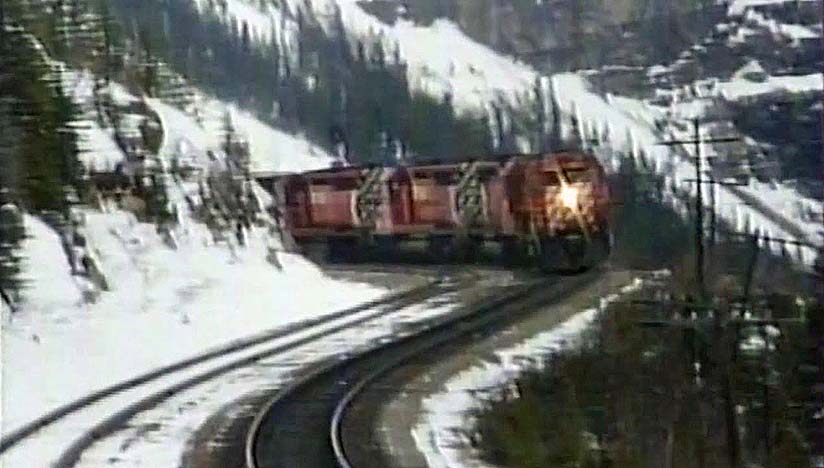
Ottawa Ontario - The Transportation Safety Board of Canada (TSB) said on 12 May 2020 that it has advised Transport Canada (TC) to examine
the reliability of an existing test designed to identify ineffective brakes on rail cars.
Last month, TSB sent a letter to TC asking the agency to review the effectiveness of the "No. 1 brake test" as the TSB continues to investigate a
February 2019 derailment of a Canadian Pacific (CP) train near Field, British Columbia.
The derailment resulted in the deaths of three train crew members.
The existing brake test requires at least 95 percent of a train's air brakes to be operational.
TSB based its recommendations on two factors.
In 2015, CP, TC, and the National Research Council (NRC) began a research project that gauged the effectiveness of automated train brakes as an alternative, or
in combination with, manual brake tests.
The researchers determined that the No. 1 brake test and another type of test yielded vastly different results when studying the data of wheel
temperatures.
CP employees had also notified the railway that unit grain trains descending Field Hill in winter operating conditions would sometimes have difficulty in
maintaining train speed, even though these trains had passed the No. 1 brake test.
The "test results and the hazard notifications of train braking anomalies on Field Hill both suggest that the No. 1 brake test does not reliably identify
ineffective brakes in rail cars. Given this information, TC is advised that an alternate approach to determining the effectiveness of freight car air brakes is
required to ensure that departing trains have sufficient effective brakes to operate safely," TSB said in the 20 Apr 2020 letter signed by Paul Treboutat,
the director for rail and pipeline investigations for TSB.
According to TSB, the 4 Feb 2019 derailment involved a unit grain train that ran uncontrolled, resulting in the derailment of 99 grain cars and two
locomotives.
The train ran on distributed power with one locomotive as the lead, another in the middle of the 6,677-foot long train, and a third locomotive at the tail
end.
A day earlier, the train's crew members were unable to control the train at a speed below 15 miles per hour as it traveled on a steep descending
grade.
The crew had to place the train in energy to stop it, TSB said.
Author unknown.
provisions in Section 29 of the Canadian
Copyright Modernization Act.

